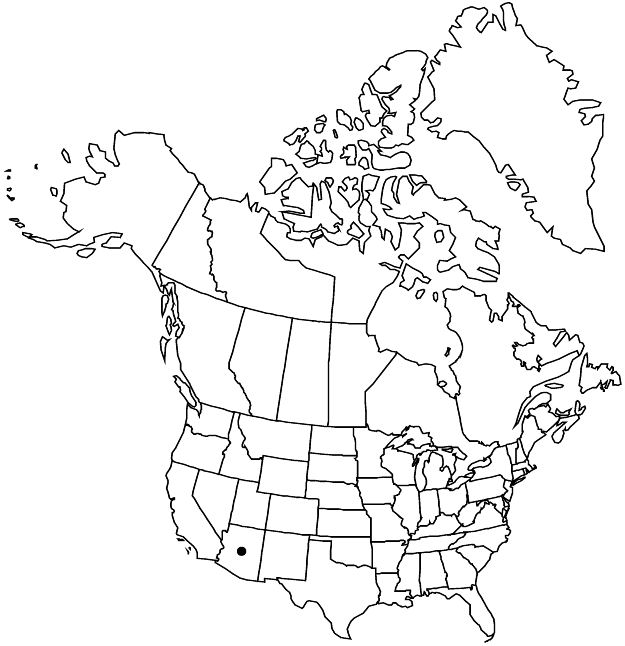Passiflora bryonioides
in A. von Humboldt et al., Nov. Gen. Sp. 2(fol.): 111.
2(qto.): 140. 1817.
Stems terete, uncinate-hairy. Leaves not pungent, uncinate-hairy; stipules ovate-lanceolate, falcate, 2–7 × 1–4 mm, margins entire, eglandular; petiole glandular, glands clavate; blade roughly symmetric, 2–7(–10) × 2–7(–11) cm, deeply (3–)5–7(–9)-lobed, middle lobe as long as or longer than lateral lobes, margins serrate; abaxial fine veins prominently raised, abaxial nectaries absent or sometimes present along lateral veins. Floral bracts linear-subulate, 2–7 × 0.5 mm, margins entire, eglandular. Flowers: floral tube cuplike, 1–2 mm deep; sepals white, 15–20 × 5–8 mm; petals white, 8–11 × 2–3 mm; corona filament whorls 1, filaments purple basally, yellow-white apically, linear, terete, sometimes clavate, 5–11 mm. Berries green to green-white, ovoid-fusiform, 35–45 × 20–25 mm. 2n = 12.
Phenology: Flowering May–Sep.
Habitat: Semidesert grasslands, oak savannas
Elevation: 1000–1300 m
Discussion
J. M. Coulter (1890, 1891) reported Passiflora bryonioides (as the synonym P. inamoena A. Gray) from Hidalgo, Texas; that specimen may now be lost or it may have been misidentified. The nearest to southernmost Texas this species is confirmed to occur is about 500 km to the southwest (J. M. MacDougal 1994).
Selected References
None.
